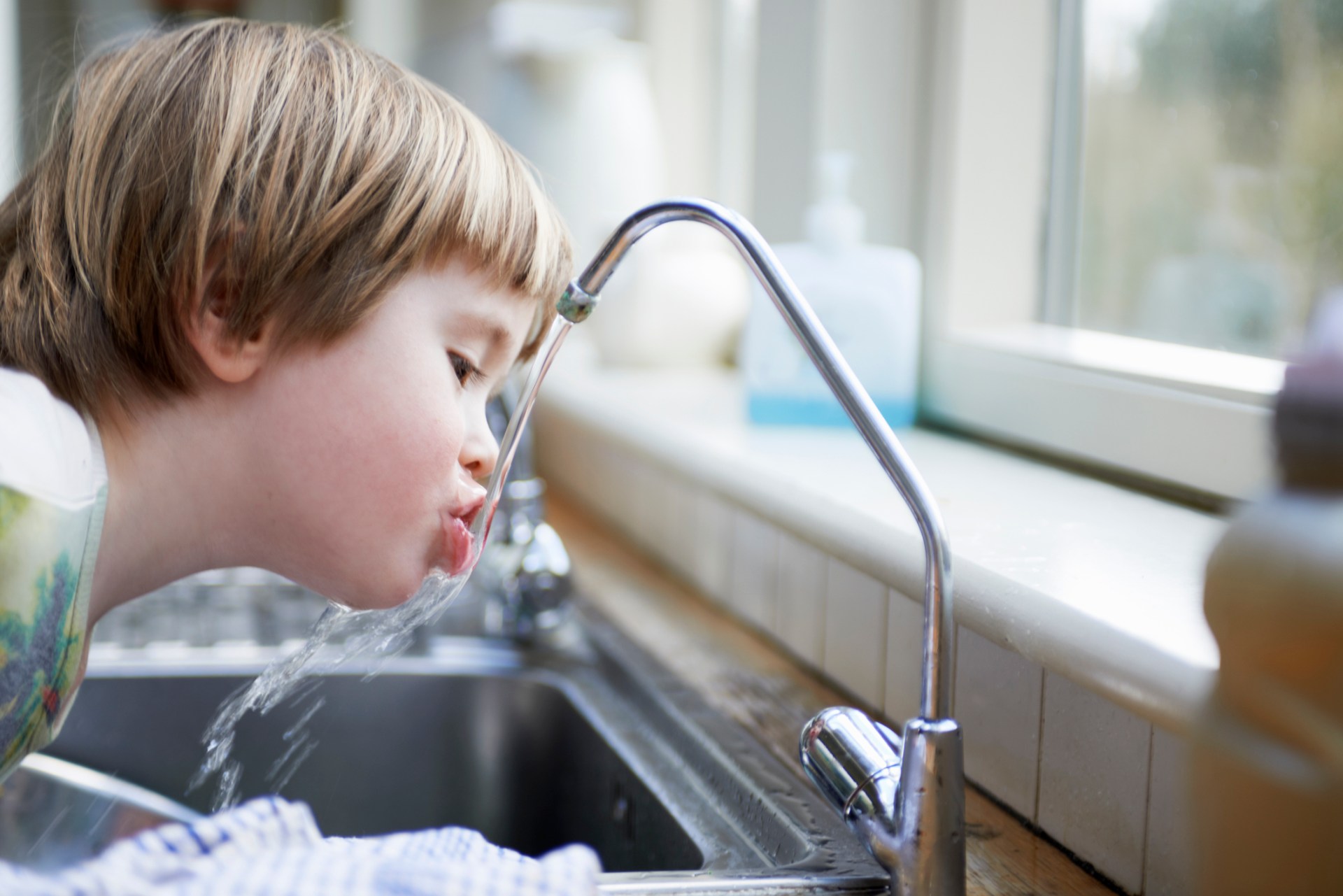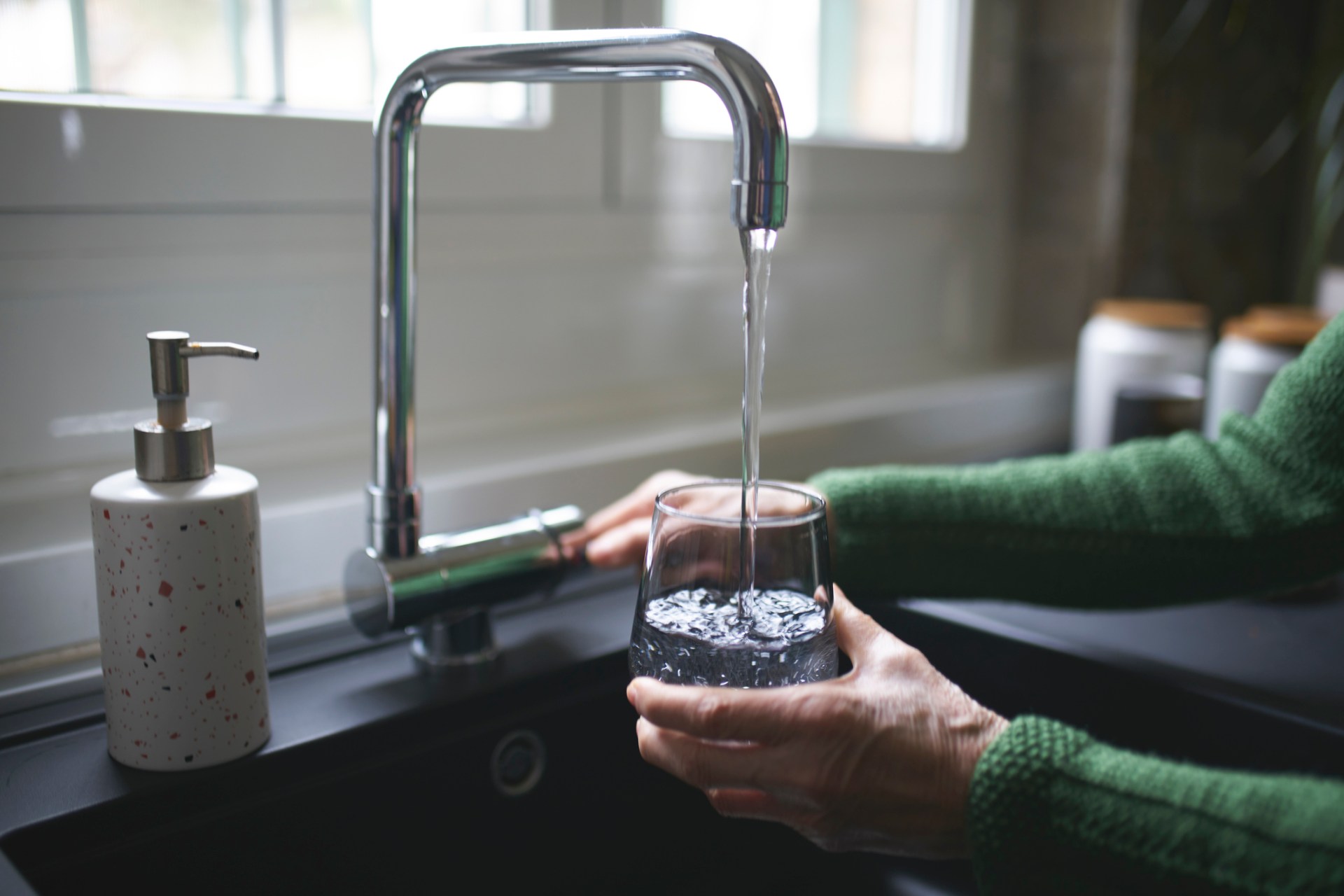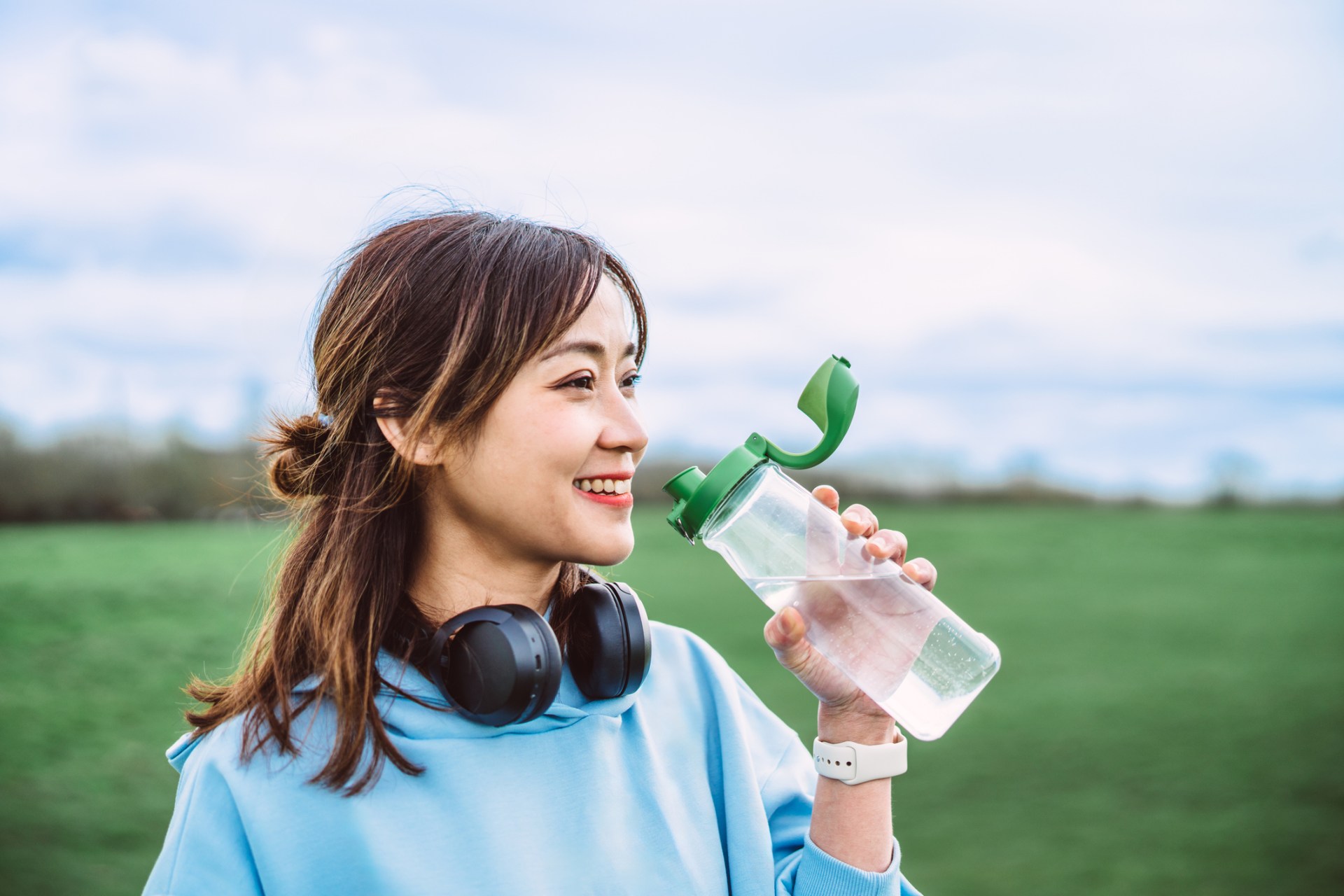We’re all aware that we ought to be
drinking more water
, yet for numerous people among us, our everyday liquid consumption frequently includes all too many diet sodas.
Cokes
at our workstation and some
wine
after work.
Buying giant
Stanley Cups
could prompt some people to drink a bit more water, however, for others, only a significant change will make them reach for the faucet.
Support kami, ada hadiah spesial untuk anda.
Klik di sini: https://indonesiacrowd.com/support-bonus/
Our bodies are made up of about half water, and every day we lose part of this through processes like respiration and perspiration. Therefore, it’s crucial to keep replacing what we’ve lost. Without doing so, survival becomes impossible after just a handful of days. (Does that sound extreme enough?)
Failing to drink sufficient water daily may lead to dehydration, which, as explained by Dr. Jonathan Webster, can significantly affect our overall health.
health
and wellbeing.
The Doctify GP tells
There are various unpleasant side effects associated with dehydration, such as headaches, confusion, fatigue, constipation, difficulty concentrating, and urinary tract infections (UTIs).
Support us — there's a special gift for you.
Click here: https://indonesiacrowd.com/support-bonus/
If you’ve never had a urinary tract infection (UTI), consider yourself lucky because they can be quite uncomfortable.
they can be agony
Believe me, you do not want to face this issue.

How much liquid should we actually consume to prevent all of these unpleasant effects?
According to the
NHS
, most people require about 1.5 to 2 litres daily, and although plain water is ideal, this intake can also come from different foods and beverages containing water, like
tea
and
coffee
, along with items such as milk, melons, soups, and stews.
This suggestion is quite broad, as the specific quantity of fluids needed can differ based on one’s age and gender. Dr. Webster has provided a more precise guide on daily water intake, tailored to different stages of life.

For children aged between 4 to 8 years old: 1.2 liters of water daily.
Young
children
Children younger than eight years old should target approximately 1.2 litres of fluid daily, as stated by Dr. Webster. This amounts to around six to eight glasses of 200 millilitres each.
‘Their bodies are still growing, and staying hydrated is essential for brain function, digestion, and maintaining body temperature,’ he clarifies.
However, the specialist cautions that you may need to prompt the children frequently to hydrate, since they could struggle to realize when they are thirsty.
For teenage boys, the recommended daily water intake is between 1.6 to 1.9 liters, whereas for girls, it is suggested to have around 1.5 liters per day.
It turns out that teenagers require more fluids than many adults, particularly those aged from 14 to 18 years old. This crucial phase of development increases their need for hydration, with water being vital for keeping up their energy levels, boosting their metabolic processes, and enhancing muscular performance.
Adolescent males require slightly more hydration compared to females, with Dr. Webster suggesting they should aim for 1.6 to 1.9 liters of water daily.
For adolescent females, the recommendation is slightly lower at 1.5 litres.
As a guideline, 1.5 litres to two litres is approximately equal to three to four pints of water. You can use this for estimation purposes.

Women under 60 should aim for 1.6 litres of water daily, while men under 60 should consume 2 litres per day.
For individuals below 60 years old, the standard recommendation suggests that men should aim to consume around two liters of water daily, whereas women should target approximately 1.6 liters.
Dr. Webster points out that elements like exercise, weather conditions, and dietary habits will affect personal requirements.
He says: ‘Maintaining proper hydration aids in regulating body temperature, supporting kidney function, and improving focus.’
Individuals aged 60 and above should aim for 1.6 litres to 2 litres each day.
People aged 60 and above should strive for a daily fluid intake of around 1.6 to 2 liters, regardless of gender. It’s crucial for everybody to maintain adequate hydration levels as they age.
According to Dr. Webster, this occurs due to the reduction in our thirst sensation as we get older, which increases the likelihood of becoming dehydrated.
It’s essential to stay hydrated since it aids joint health, promotes digestion, and reduces the risk of urinary tract infections.
The specialist notes: ‘Making a deliberate attempt to consume beverages consistently is essential.’
Ways to Identify Dehydration
According to
the NHS
The most effective method to determine if you’re dehydrated is by examining the color of your urine.
urine
.
If you’re consuming adequate fluids, it ought to resemble the color of white wine. If it’s noticeably darker, maybe consider pouring yourself another glass.
Elements influencing your required water intake
Healthcare experts suggest that the precise quantity can differ based on factors such as a person’s age, gender, how active they are, the weather conditions, and their overall health status.
Dr. Nadira Awal, a GP acclaimed on Doctify and the creator of Pause and Co Healthcare, delves into the factors that might necessitate increased water consumption for an individual.
Nonetheless, she included a crucial caveat, stating that ‘although these guidelines offer a broad structure, the most reliable sign of proper hydration is often heeding your body’s signals and checking the color of your urine.’
She continued: ‘Thirst is a reliable indicator that your body requires more fluids, while pale yellow urine typically suggests enough hydration.’
Pregnancy and Breastfeeding
Dr. Awal asserts that a woman’s water needs increase during pregnancy and lactation.
She states: ‘For pregnant individuals, the suggested daily consumption is roughly 10 cups (2.3 liters) of water. This increased requirement continues afterward, especially for those who are breastfeeding. Breastfeeding mothers ought to target around 13 cups (three liters) of water every day to aid in milk production and maintain their hydration levels.’
Physical activity levels
Strenuous exercise or demanding manual labor can ‘significantly’ increase the need for fluids.
It’s advised to consume two glasses of water prior to beginning your exercise routine, followed by one glass every 15 to 20 minutes during physical activity. Make sure to keep hydrating post-workout to replace all the liquids lost via perspiration.
Climate and environment
The place where you reside might also play a role, particularly if you experience frequent hot weather or find yourself at a high altitude.
As per Dr. Awal, these factors can lead to greater fluid loss since individuals often shed water via perspiration and breathing.
‘People in such circumstances should pay particular attention to their water consumption, aiming to drink water regularly throughout the day, regardless of whether they feel thirsty,’ she recommends.
Health issues
If you’re dealing with symptoms like fever, vomiting, or diarrhea, it’s essential to boost your fluid intake to replace what has been lost and prevent dehydration.
Dr. Awal states: “The precise quantity needed can differ based on the severity and length of the illness; however, typically, aim to consume sufficient fluids to keep your urine light-colored and prevent feelings of thirst.”
Have a tale you’d like to tell?
Reach out via email
[email protected]
.
Subscribe to ‘s The Slice newsletter for your go-to resource on all things happening in London, featuring reliable reviews, promotions, and contests.







